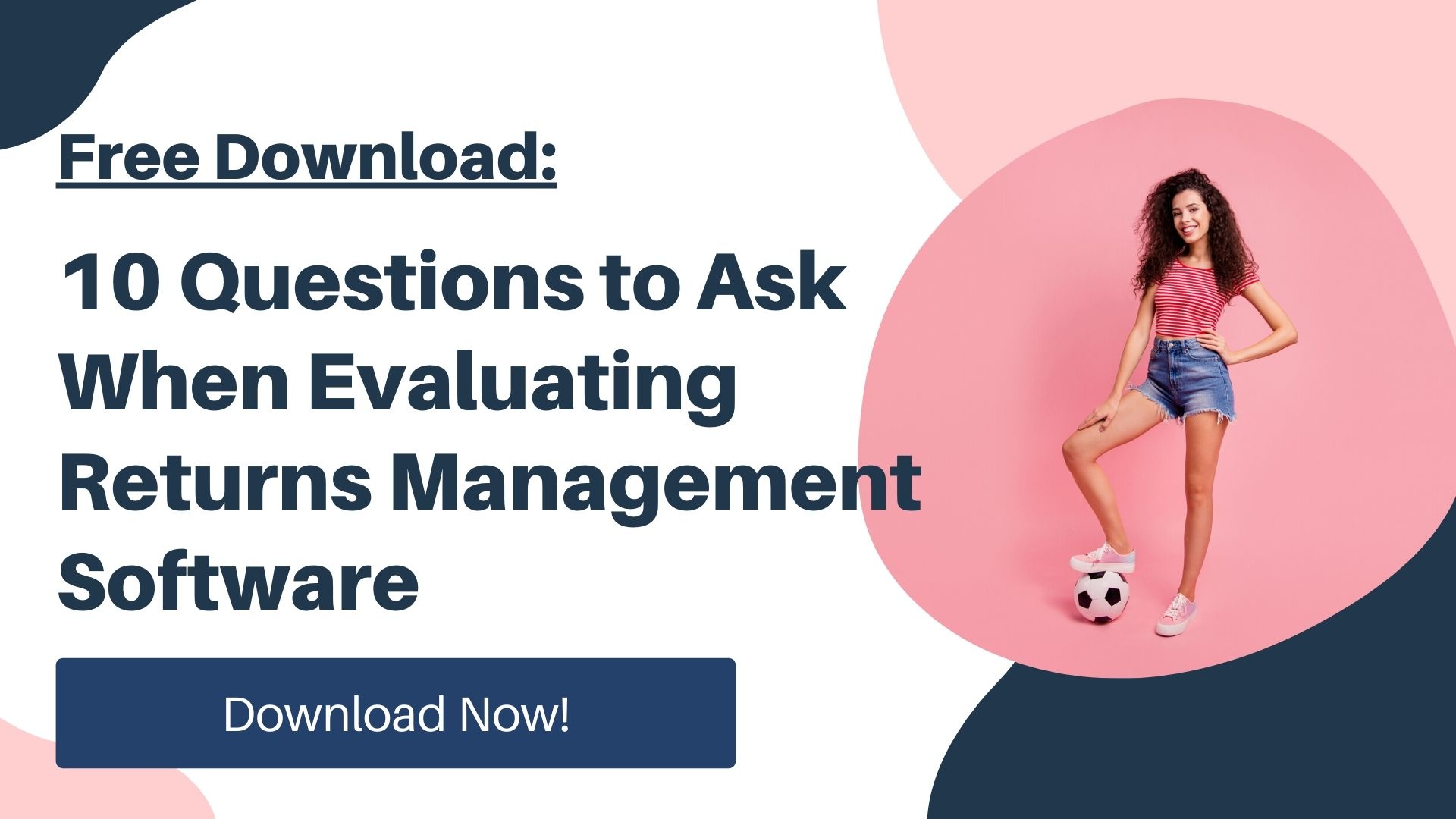What is Customer Churn in Ecommerce?

For years, the primary focus in ecommerce has been customer acquisition, the act of gaining new customers.
Acquisition is particularly important for newer brands or retailers looking to grow their shopper base. But it’s not a sustainable way to grow your revenue in the long term.
You will need effective customer retention strategies to accomplish that.
Customer retention refers to the ability to keep customers coming back after the initial purchase.
In order to have effective customer retention strategies, it is important to gain an understanding of how your customers are interacting with the brand and where they are dropping off.
This is where understanding customer churn comes in.
Understanding churn within your business can help you reinforce your retention efforts by pinpointing where and how customers are falling out.
What is Customer Churn?
Fundamentally, churn occurs when a customer stops consuming from a company.
Churn is typically calculated as the rate or percentage of customers that have left the brand over a certain period of time.

Churn rates are especially important for ecommerce companies that operate on a subscription basis, such as Netflix or Ipsy.
The calculation is less applicable to markets where shoppers can purchase however much they want, whenever they want.
In fact, churn may be impossible to calculate in these kinds of circumstances.
Regardless, understanding what churn is and how to utilize it to improve customer retention is an essential competitive advantage for all ecommerce stores.
The Importance of Churn in Ecommerce

A high churn rate equals a low retention rate. Churn affects the size of your customer base and has a big impact on your customer lifetime value.
Our team had the privilege of speaking with Dr. Paul van Loon, the Head of Analytics at Forecast, to gain an industry perspective of customer churn.
Forecast is a management consulting firm that specializes in decision tools, data analytics, and financial modeling.
Van Loon has extensive experience working with clients to detect and prevent customer churn.
He says that monitoring your churn levels gives you an idea of the sales and acquisition you need to do every year to maintain your customer base.
It should be used as a scale that evaluates the health of a shopper, rather than an absolute classification.
“Conceptually, one could argue that no one ever churns, they might be experiencing a very prolonged spell of non-usage or purchase. There is no black and white here.” -van Loon
What does that mean?
When you lose a customer or subscription, they aren’t completely lost. They’re just taking a break from your company.
Now, it’s up to you to convince them to come back.
For this, many ecommerce experts and partners, such as Forecast, are embracing probabilistic approaches to churn.
Essentially, these models aim to predict the probability that a customer will continue to purchase over time and identify those who may be at risk.
The underlying premise is pretty intuitive: If a shopper typically has (or is expected to have) a specific pattern of activity that they begin to deviate from, they may be at risk.
Mitigating Customer Churn
An individual’s “health” as a shopper should inform your approach to the customer relationship.
Essentially, mitigating customer churn is trying to keep all of your shoppers healthy.
Therefore, in order to diminish churn and sustain profitable customer retention, the first step is learning how to gather and analyze data on your customers.
You can use purchase patterns to compose more precise customer segmentations.
This will make it easier to observe the typical behavior of individual shoppers and shoppers as a whole to identify deviations and at-risk customers.
Pay attention to all activity from your customers; site visits, account logins, transactions, etc.
By understanding how your customers interact with your brand, you’ll also be able to identify when their behavior becomes unusual.
“In an attempt to mitigate potential churn, I might want to flag behavior early and be notified when I’m 80% certain the observed behavior is unusual.” – van Loon
This could be an indication that the customer is at-risk.
This information can be used to regain customer awareness and prevent potential churning.
This is easier said than done. However, now that you have a better understanding of what churn is and why it’s important, you’re ready to learn what data and analytical tools can be utilized to discover customer churn patterns within your own business.
Feel free to check out our real-life example of how to analyze your data to gain insight on customer churn to get started.
Conclusion
Customer churn is one of the most intriguing topics in ecommerce: it’s easy to understand but can be very difficult to incorporate into your business strategies.
It is a critical measure to gauge the health of a business, especially the impact of retention efforts. Understanding churn is pivotal to growing your ecommerce store.
While churn – as understood in contractual or subscription-based businesses – may not apply to non-contractual ecommerce retailers, it’s still crucial for retailers to acknowledge customer churn to solidify their retention efforts.
Studying customer churn empowers us to locate pitfalls in the customer journey, identify at-risk customers, and scale a profitable ecommerce business.



